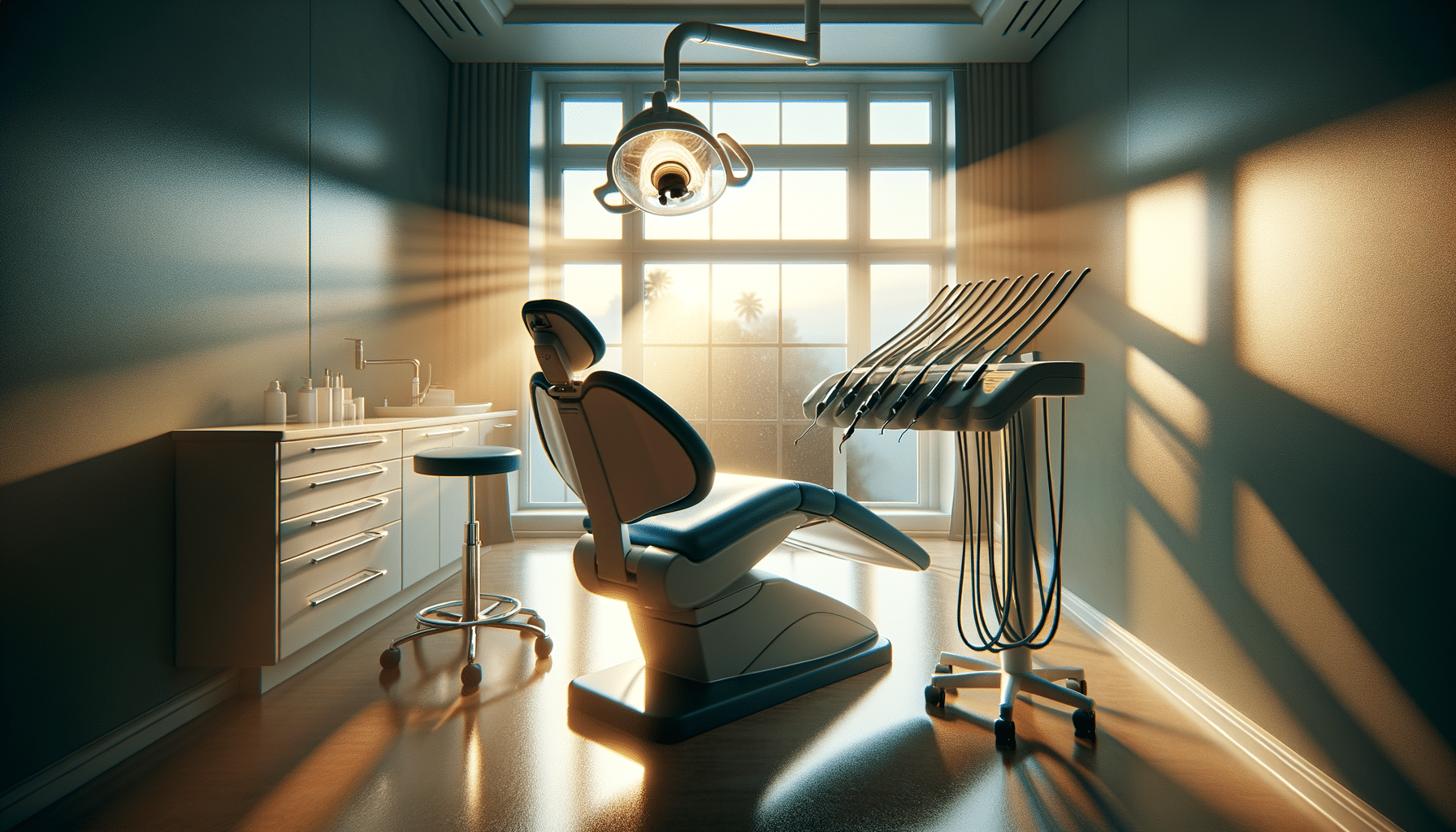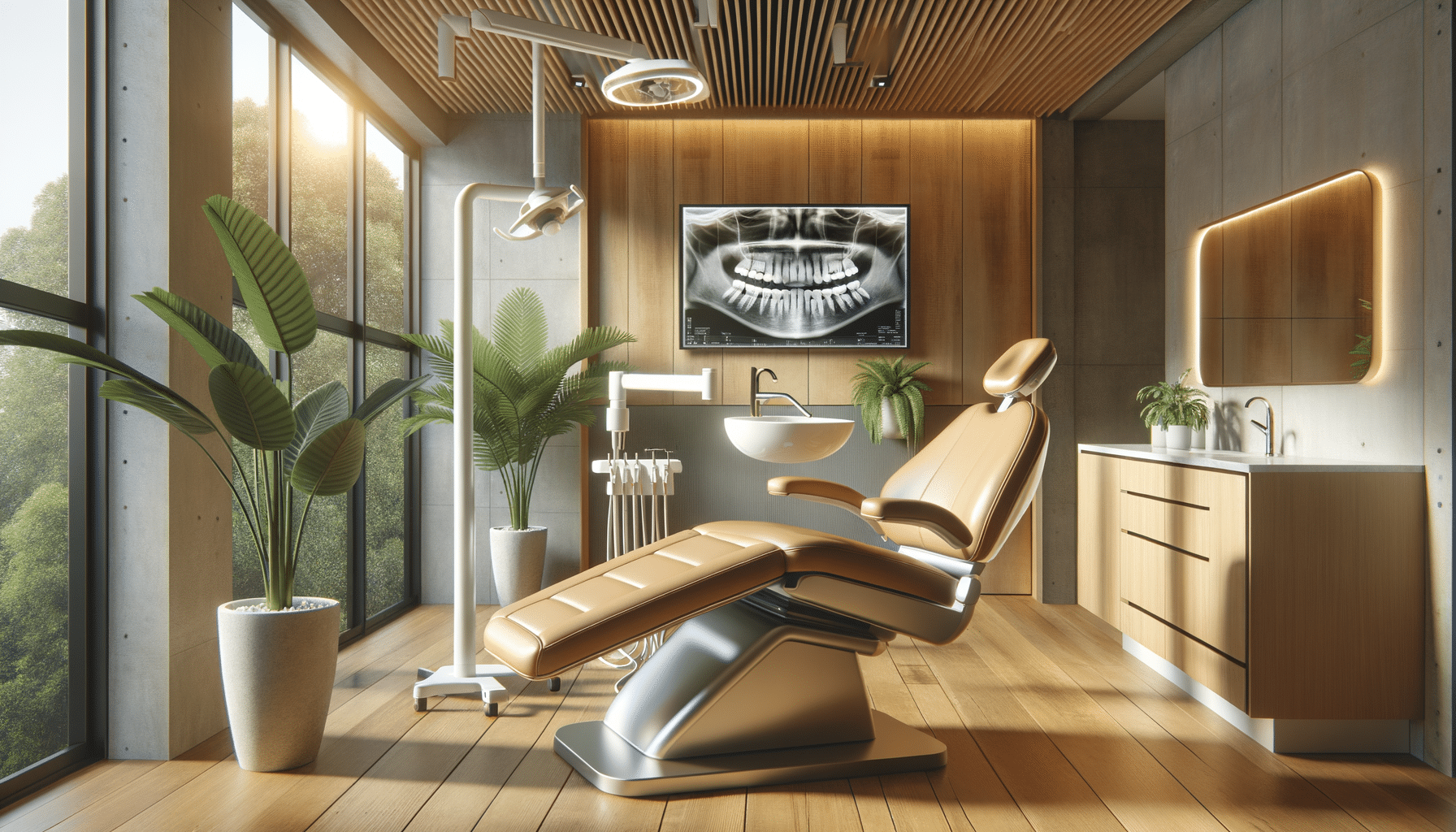
Screwless Dental Implants: A Modern Solution for Tooth Replacement
Introduction to Screwless Dental Implants
In the realm of modern dentistry, innovations continue to transform the way dental health professionals approach tooth replacement. Among these advancements, screwless dental implants are gaining attention for their unique design and potential benefits. Unlike traditional implants, which rely on screws to secure the implant to the jawbone, screwless implants use a press-fit or friction-fit mechanism. This method aims to simplify the implantation process while offering a robust alternative for patients seeking durable and aesthetically pleasing dental solutions.
Exploring the Benefits of Screwless Dental Implants
One of the primary advantages of screwless dental implants is the reduced complexity in their placement. The absence of screws eliminates the need for drilling into the jawbone, which can significantly reduce the risk of complications. Additionally, this method can lead to faster recovery times, as it generally causes less trauma to the surrounding tissues.
Patients also appreciate the enhanced aesthetic appeal offered by screwless implants. The design allows for a more seamless integration with natural teeth, as there are no visible screws or fixtures. This feature is particularly appealing to those concerned with maintaining a natural-looking smile.
Furthermore, screwless dental implants can offer increased comfort. The absence of screws minimizes the potential for irritation or discomfort that some patients experience with traditional implants. This improvement in comfort can lead to higher patient satisfaction and better overall oral health outcomes.
Comparing Screwless and Traditional Dental Implants
When comparing screwless dental implants to their traditional counterparts, several factors come into play. Traditional implants have been the standard for many years, with a proven track record of success. They involve a two-stage process where the implant is first placed into the jawbone and then, after a period of osseointegration, a crown is attached.
On the other hand, screwless implants aim to streamline this process. By eliminating the need for screws, the procedure can be completed more swiftly, often in a single visit. This can be a significant advantage for patients with busy schedules or those seeking immediate results.
However, it is important to note that screwless implants may not be suitable for all patients. The success of this type of implant depends on various factors, including bone density and the specific dental needs of the patient. Therefore, a thorough consultation with a dental professional is essential to determine the best approach for each individual case.
Considerations and Potential Challenges
While screwless dental implants offer numerous benefits, there are also considerations and potential challenges to be aware of. One of the main concerns is the long-term stability of the implant. Since screwless implants rely on a friction-fit mechanism, ensuring a secure fit is crucial to prevent any movement or loosening over time.
Additionally, as with any dental procedure, there is a risk of infection or complications if proper care is not taken during and after the implantation process. Patients must adhere to their dentist’s post-operative care instructions to minimize these risks and ensure successful healing.
Moreover, the cost of screwless implants can be a factor for some patients. While they may offer advantages in terms of aesthetics and comfort, the financial aspect should be considered, and patients should discuss potential costs with their dental provider.
Conclusion: The Future of Tooth Replacement
Screwless dental implants represent a promising advancement in the field of dental restoration. By offering a potentially less invasive and more aesthetically pleasing option, they are becoming an attractive choice for many seeking tooth replacement solutions. However, as with any medical procedure, it is essential for patients to engage in thorough discussions with their dental professionals to determine the most suitable approach for their specific needs.
As technology continues to evolve, the options for dental implants will likely expand, providing even more tailored solutions for patients. Whether choosing screwless or traditional implants, the ultimate goal remains the same: to restore both function and confidence in one’s smile.


